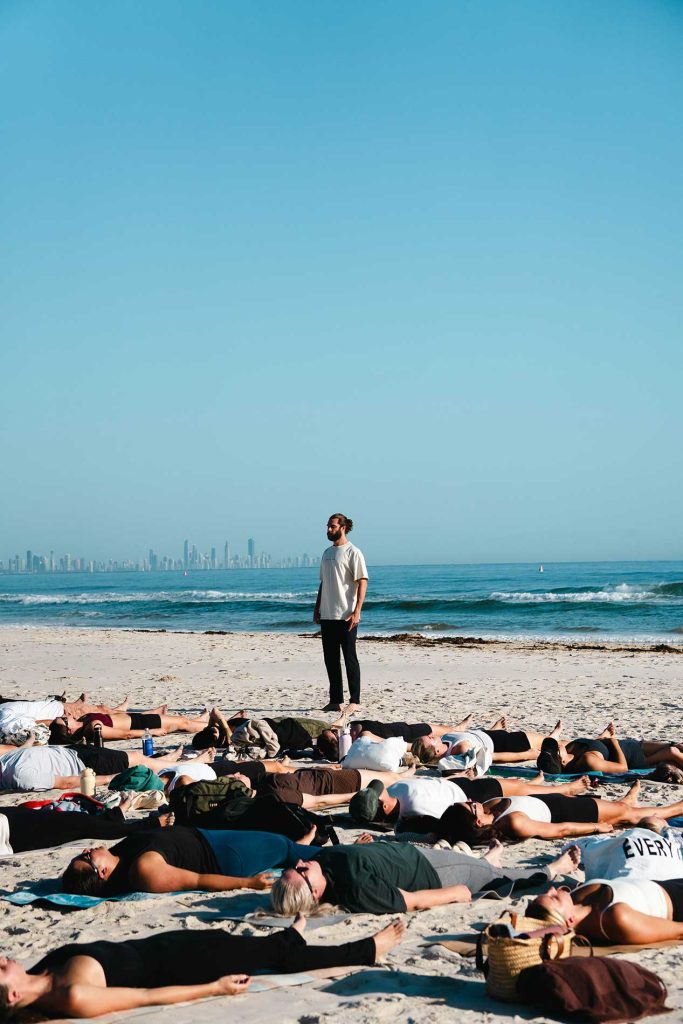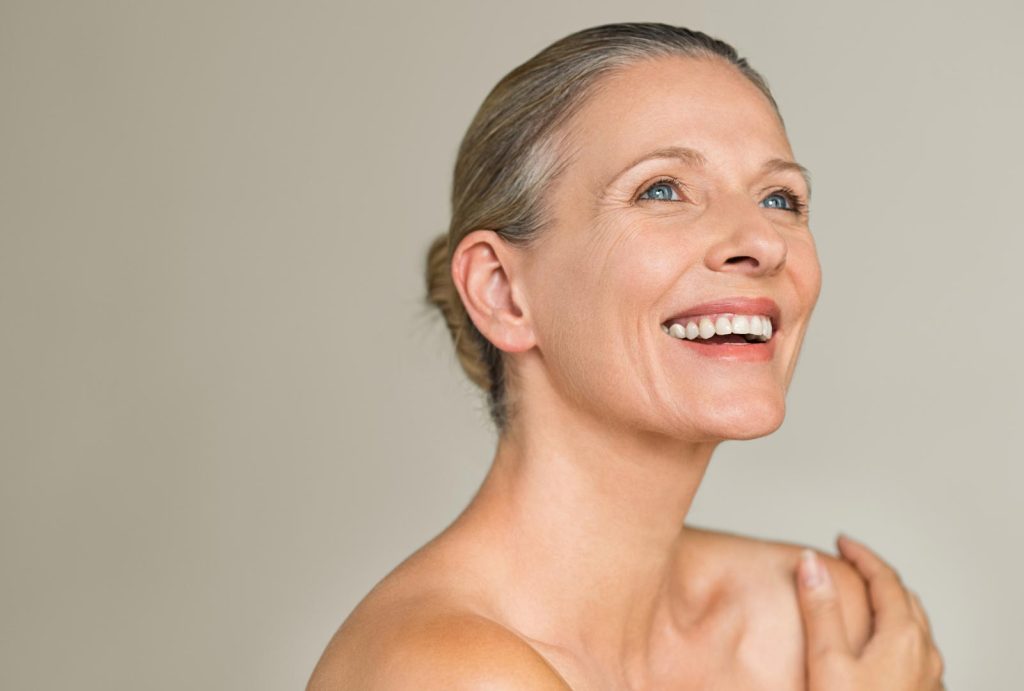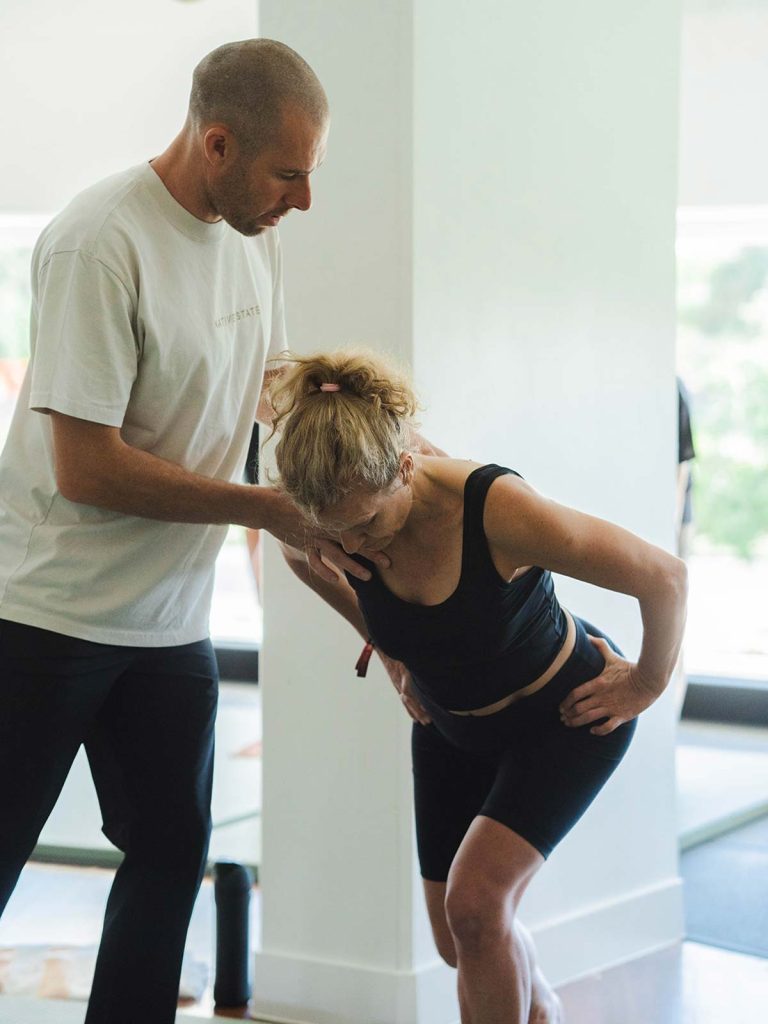There’s a reason the cold plunge is having a moment. This age-old practice is making waves in modern wellness for its ability to invigorate the body, sharpen the mind, and support full-body recovery. And while stepping into freezing water may seem intense, when done intentionally, it can become one of the most grounding tools in your routine.
At Native State, we see the cold plunge not as a challenge to overcome, but as a mindful practice – one that builds resilience, improves circulation, and brings you back to yourself. This guide will walk you through how it works, why it’s effective, and how to cold plunge like a pro.
Why Circulation Matters
Proper circulation is essential to our health. It helps transport oxygen and nutrients to cells, clear waste from the body, regulate temperature, and support the immune system. When circulation is compromised – whether from inflammation, stress, or sedentary habits – we can feel sluggish, sore, or out of balance.
Contrast therapy, and particularly the cold plunge, helps restore this balance by stimulating blood flow and encouraging the body to reset. It’s a natural, effective way to care for your cardiovascular system, your muscles, and your mind.
How Does a Cold Plunge Work?
Cold plunging involves immersing your body in cold water – typically between 10–12°C – for a short period of time. The sudden drop in temperature triggers a constriction of blood vessels (vasoconstriction), followed by a dilation (vasodilation) once you warm up. This process stimulates fresh circulation, clears metabolic waste, and encourages a state of calm focus.
Though colder water can still offer benefit, research shows that temperatures in the 10–12°C range are ideal for results. Many pair cold plunges with a sauna or steam room for a powerful contrast effect.
The Benefits of Cold Plunging
Cold plunging isn’t just about the shock – it’s about what happens afterwards. Here’s what you can expect when you make it a regular part of your wellness routine:
- Improved Circulation – Cold water prompts your blood vessels to constrict and then expand, flushing the system and boosting flow.
- Reduced Inflammation – By encouraging lymphatic drainage and lowering muscle temperature, cold plunging can reduce swelling and stiffness.
- Faster Recovery – Athletes often plunge post-training to flush out lactic acid and speed up muscle repair.
- Increased Energy & Mood – The rush of cold triggers endorphin release, leaving you feeling clear-headed, uplifted, and more alert.
- Strengthened Nervous System – Repeated exposure helps train your body to stay calm under stress, supporting a more regulated nervous system.
How to Cold Plunge Like a Pro
Cold therapy works best when approached with presence and patience. Here’s how to get the most from your plunge:
1. Start Slow
You don’t need to stay in for minutes on your first try. Begin with short exposures – just a few seconds of full immersion – and gradually increase over time. A great goal is 3 minutes, but consistency matters more than time.
2. Focus on Your Breath
Your breath is your anchor. Diaphragmatic breathing (slow, belly-based breaths) helps activate the vagus nerve, calming your nervous system and easing you through the initial cold shock. Stay steady. You’re safe.
3. Use Contrast for Better Circulation
For enhanced benefits, combine your plunge with heat. Move from the sauna or steam room into the cold pool, and repeat the cycle three times. The change in temperature stimulates circulation and helps flush toxins from your system.
4. Stay Hydrated
Even if you’re not sweating, your body is working hard to adapt. Drink water before and after your plunge to help regulate body temperature and support detoxification.
5. Tune Into Your Body
Some discomfort is normal – but pain, dizziness, or numbness is not. Always listen to your body and exit the plunge if you feel unsafe or overwhelmed. Every body has a different threshold, and that’s okay.
What You Might Start to Feel
The effects of cold plunging can be immediate – and surprisingly long-lasting. After regular practice, many people notice:
- Less muscle soreness and better post-workout recovery
- Calmer reactions to everyday stressors
- More stable energy throughout the day
- A sense of grounded focus and clarity
- Greater emotional resilience and mood regulation
The magic isn’t in pushing your limits – it’s in showing up with intention and trust. Cold plunging reminds us that calm is a practice, and resilience is built over time.
Conclusion: The Power is in the Practice
The cold plunge may only last a few minutes – but the benefits extend far beyond the water. It reconnects you with your breath, awakens your circulation, and reminds you of your body’s natural strength.
Whether you’re here to boost recovery, manage stress, or simply try something new, cold plunging is a powerful way to meet yourself with presence.
Ready to Experience the Power of Cold Plunging?
Discover the restorative benefits of hot and cold therapy with a visit to the Native State bathhouse. With access to a cold plunge, sauna, and steam room, it’s the perfect environment to reset your body, support recovery, and reconnect with your breath.
Book a casual session for a one-off reset, or explore our memberships if you’re ready to make cold therapy part of your regular routine.



